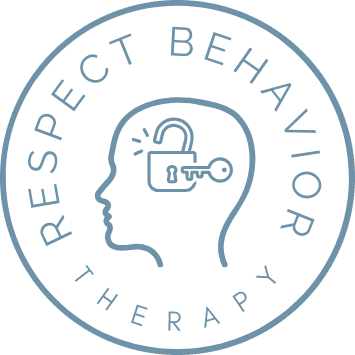Common Techniques Used in ABA Therapy

Unlocking the Potential for Autism Treatment through Effective ABA Therapy Techniques
Introduction
If you are seeking effective autism treatment options, you may have come across Applied Behavior Analysis (ABA) therapy. ABA therapy is widely recognized as one of the most successful evidence-based treatments for individuals with autism spectrum disorder (ASD). With its focus on understanding and modifying behaviors, ABA therapy has helped countless individuals with ASD improve their social, communication, and adaptive skills. In this article, we will explore some common techniques used in ABA therapy that can make a significant difference in the lives of those affected by autism.
Discrete Trial Training (DTT)
Discrete Trial Training (DTT) is a fundamental technique used in ABA therapy. It involves breaking down complex skills into smaller, more manageable steps. Through repetition and reinforcement, individuals with ASD are taught to respond to specific prompts or cues successfully. DTT is particularly effective in teaching new skills, such as language development, self-help tasks, and academic concepts. By providing clear instructions and positive reinforcement, therapists help individuals with ASD acquire essential skills at their own pace.
Natural Environment Teaching (NET)
Natural Environment Teaching (NET), also known as incidental teaching, focuses on creating a natural and motivating learning environment. Unlike DTT, which occurs in structured settings, NET takes place during daily routines and activities. This technique allows therapists to embed learning opportunities seamlessly into everyday situations. By capitalizing on the individual's interests and motivations, NET promotes the generalization of skills and encourages independent functioning in real-life scenarios.
Pivotal Response Training (PRT)
Pivotal Response Training (PRT) is another commonly used technique in ABA therapy. It aims to improve pivotal areas of a person's development that, once improved, can lead to broader positive changes in multiple areas. These pivotal areas typically include motivation, self-initiation, and responsiveness to multiple cues. PRT focuses on teaching individuals with ASD to take the lead in their learning, make choices, and engage in reciprocal social interactions. By encouraging active participation and reinforcing positive behaviors, PRT fosters meaningful and lasting progress.
Social Stories
Social Stories are a visual tool used to teach appropriate social behavior and daily routines. These stories consist of simple narratives that describe a specific situation or event, focusing on relevant social cues and expected behaviors. Social Stories help individuals with ASD better understand and navigate social situations that may otherwise be challenging for them. By providing clear, concrete instructions and visual supports, Social Stories enhance comprehension and promote positive social interactions.
Verbal Behavior Therapy (VBT)
Verbal Behavior Therapy (VBT) is a technique that targets language and communication skills. It focuses on teaching individuals with ASD to communicate effectively by developing functional verbal behavior. VBT breaks down language into different components, such as requesting, labeling, and answering questions. Through systematic teaching, reinforcement, and prompting, VBT helps individuals with ASD acquire and use language in a purposeful and meaningful way.
Conclusion
ABA therapy offers a wide range of techniques to support individuals with autism spectrum disorder in reaching their full potential. Whether it's through Discrete Trial Training, Natural Environment Teaching, Pivotal Response Training, Social Stories, or Verbal Behavior Therapy, ABA therapy provides a tailored approach to address the unique needs of each individual. By implementing these evidence-based techniques, our medical practice is committed to promoting positive outcomes and empowering individuals with ASD to thrive. If you are looking for effective autism treatment, consider ABA therapy and the transformative techniques it employs.Remember, early intervention and consistent therapy can make a world of difference in the lives of individuals with autism. Reach out to our dedicated team at [Practice Name] to learn more about how ABA therapy can help your loved one unlock their true potential.
